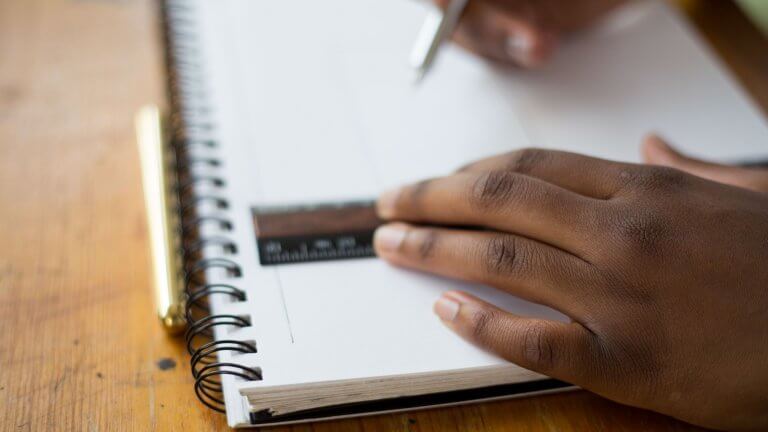Engineering provides a critical role in the STEM classroom. Through engineering, you can plan experiences where your students are engaged in authentic, relevant problems that affect their daily lives. When you expose students to engineering in the elementary classroom you’re encouraging them to ask questions, creatively solve and evaluate problems, and express their ideas for innovation.
Here are three strategies for incorporating authentic engineering problems into your classroom:
- Find an authentic problem engineering can solve
- Guide students through their thinking process
- Provide opportunities for students to evaluate their solutions.
Find an authentic problem
The best way to start bringing engineering into the STEM classroom is by looking around your classroom or school community. Are there any problem areas around the school? Is there an area that could use some organization? Any natural environment issues that need resolving?
These areas of improvement relate directly to students and allow them to come up with solutions that impact their lives. Once you find an authentic problem, look for ways to connect the engineering problem to the content area TEKS.
Guide Students Through Their Thinking Process
When teachers act as facilitators of the learning process, we can guide students to think critically. Instead of simply telling them what they should be doing or thinking, create opportunities and experiences where your students make their own observations.
Ask open-ended, thought provoking, questions to guide them during classroom instruction. Doing so allows your students to reflect and analyze the knowledge they acquire while they formulate their solutions.
Provide Opportunities for Students to Evaluate Their Solutions
Classroom environments that incorporate engineering should be open to collaboration, speculative thinking, and encouraging of failure. After all, trial and error, struggling and perseverance, are crucial parts of the STEM process.When students form their own hypothesis, test it, and make adjustments they are experiencing the scientific method for themselves.
The engineering design process is very straight forward: students are given an opportunity to build something, then improve on their creation until it’s a workable solution to a problem
There are a variety of ways that students can “build” during an engineering lesson.
- Try something low-tech by asking your students to build a water wheel using materials found in your classroom.
- Try something virtual by asking your students to build a garden using Google Sketchup.
- Try something kit-based by asking your students to build a robot using a kit and coding.
The building process may be a mixture of all of the ideas above!
Children are natural engineers and authentic engineering tasks can be an effective way to engage students in learning mathematics and science concepts. Through spending time observing authentic problems in school settings students can think, question, collaborate and design using the engineering process. By deeply exploring these practices, students will understand that they have the tools to meet the challenges of living in the 21st century
Kimberly Galloway is an education specialist working for the STEM, curriculum, and advanced academics teams here at the Education Service Center Region 13.





Add comment